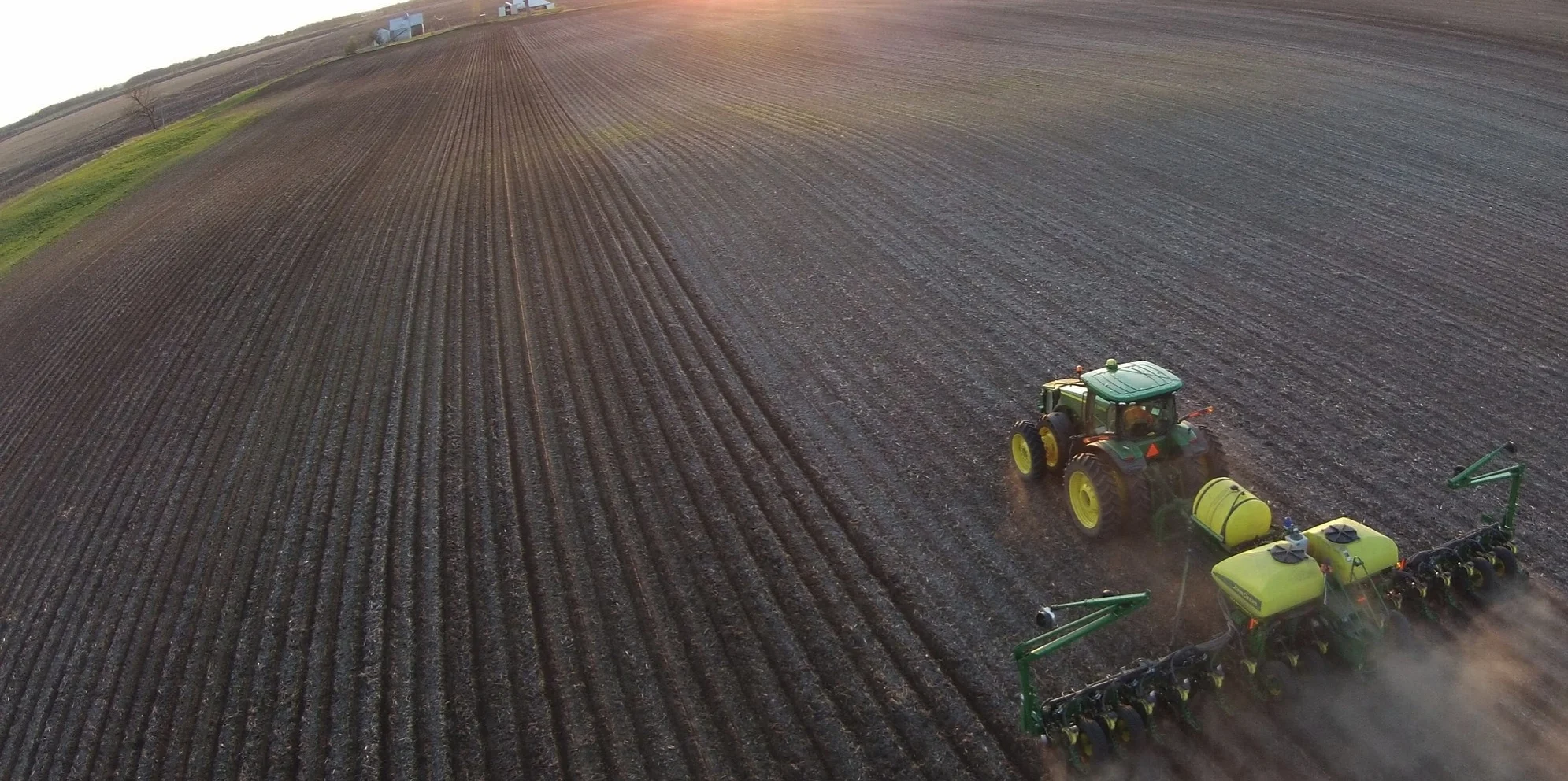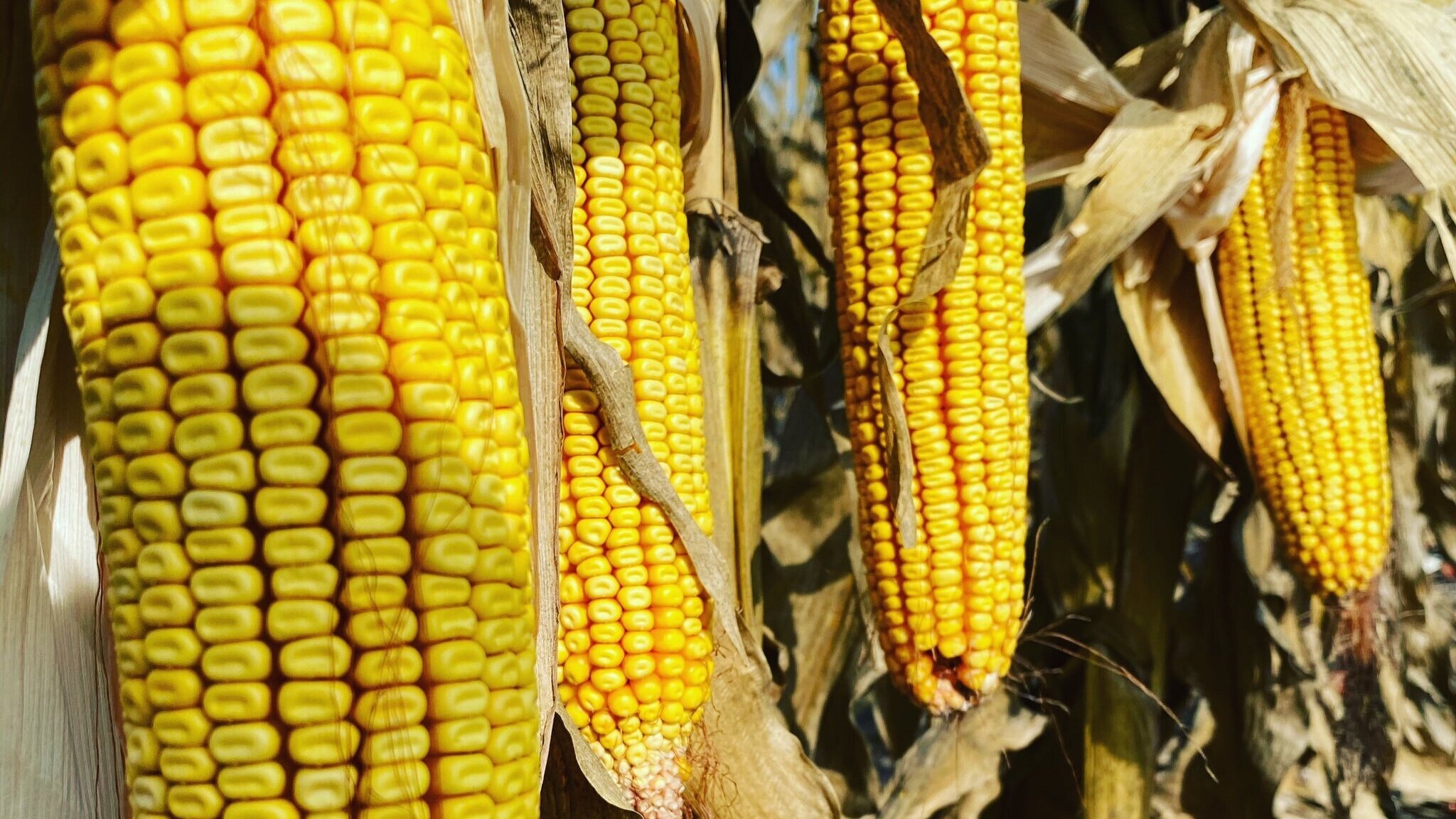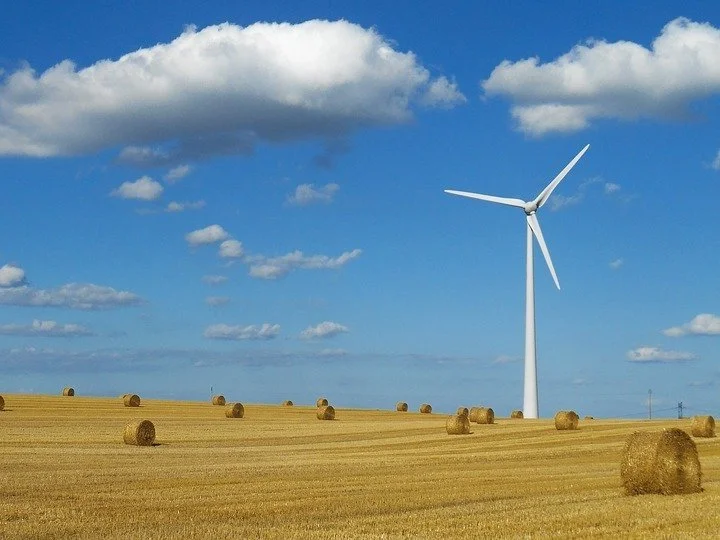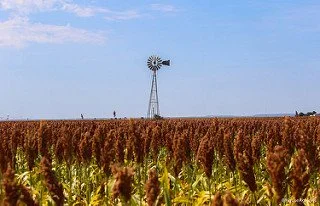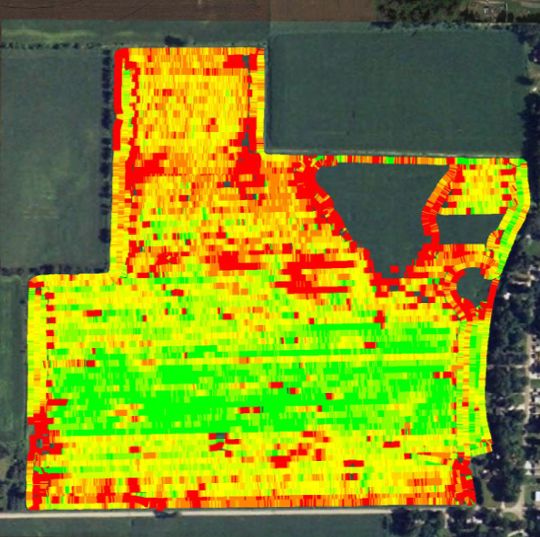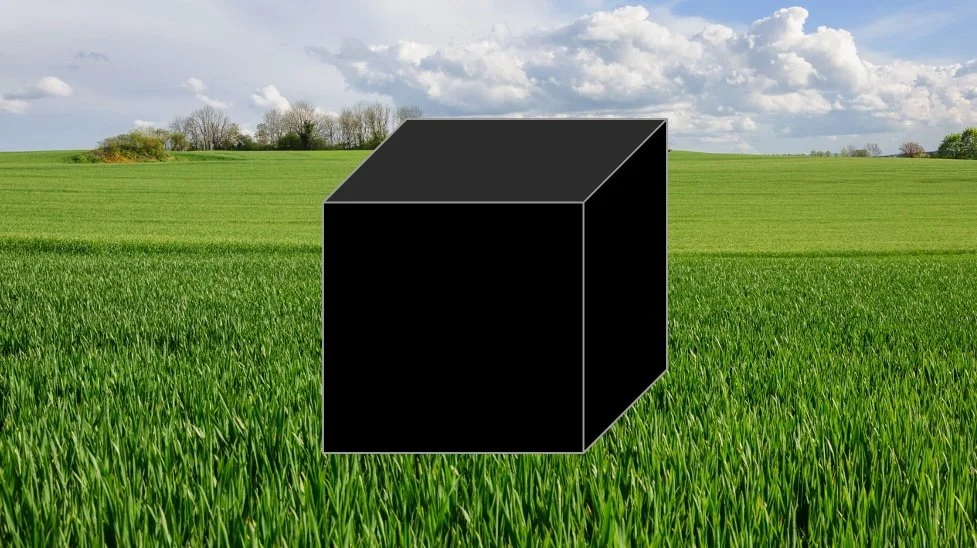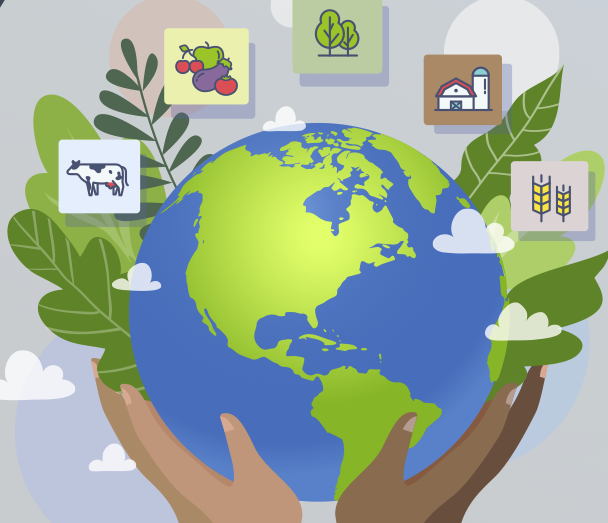Do Electric Vehicles Spell the End for Biofuels?
/A recent AgWeb article made a bold claim: Tesla is the biggest threat to farming today. I’ve always considered Tesla to be an enormous innovator—more likely to improve the efficiencies of transportation, vital to farming, rather than a threat to agriculture. What could the author possibly mean by this statement?
In article, Wells Fargo Economist: Biggest Threat to Farming is Tesla, the author more pointedly explains that the adoption of electric vehicles by consumers is the biggest direct threat to ethanol, and therefore the biggest indirect threat to Midwestern row-crop farming that relies on ethanol demand to boost commodity prices. (Similarly for soy and biodiesel). Wells Fargo economist Michael Swanson says:
“The biggest threat to farming is Tesla. You can’t force a Tesla to put in ethanol–no matter what you set the blend rate at. There is wholesale movement to electric vehicles. Ethanol will not have a growth future. It will have a decline future. You better find a home for the grain, and it better be livestock.”
We have written many articles recently about the trends we are seeing on the farm with respect to energy. Anaerobic digesters, windmills, and solar farms are making a strong showing on the modern, midwestern farm. Developers are racing to build these new energy projects, offering farmers lucrative deals in order to capture emerging markets for clean energy and carbon credits.
Why wouldn’t ethanol also have a seat this table? It is, after all, a biofuel made from plants.
Elon Musk, Tesla’s CEO, predicted many year’s ago that ethanol has fundamental energy inefficiency when compared to solar power. Here are his words—remember he is an engineer at heart:
Another way to think about the problem is that plants are essentially just a very inefficient way to convert sunlight into stored chemical energy. Crops typically have a net efficiency of about 1/2% or so, compared with commercially available photovoltaics at 20%. That means you need about 40 times more land area for crops than you do for photovoltaics to capture the same energy.
According to Musk, the amount of energy produced on an 80 acre solar field would be exponentially more than the energy created by ethanol captured from an equivalent-sized cornfield.
Still, I think ethanol and its sister, biodiesel, still have a place in the near-term energy economies, especially when used to replace fossil fuels. There are many places where plugging into the grid is not feasible and won’t be for many years. Many parts of the US and world lack electrical infrastructure. In those instances, a liquid, highly transportable form of energy will continue to make sense.

